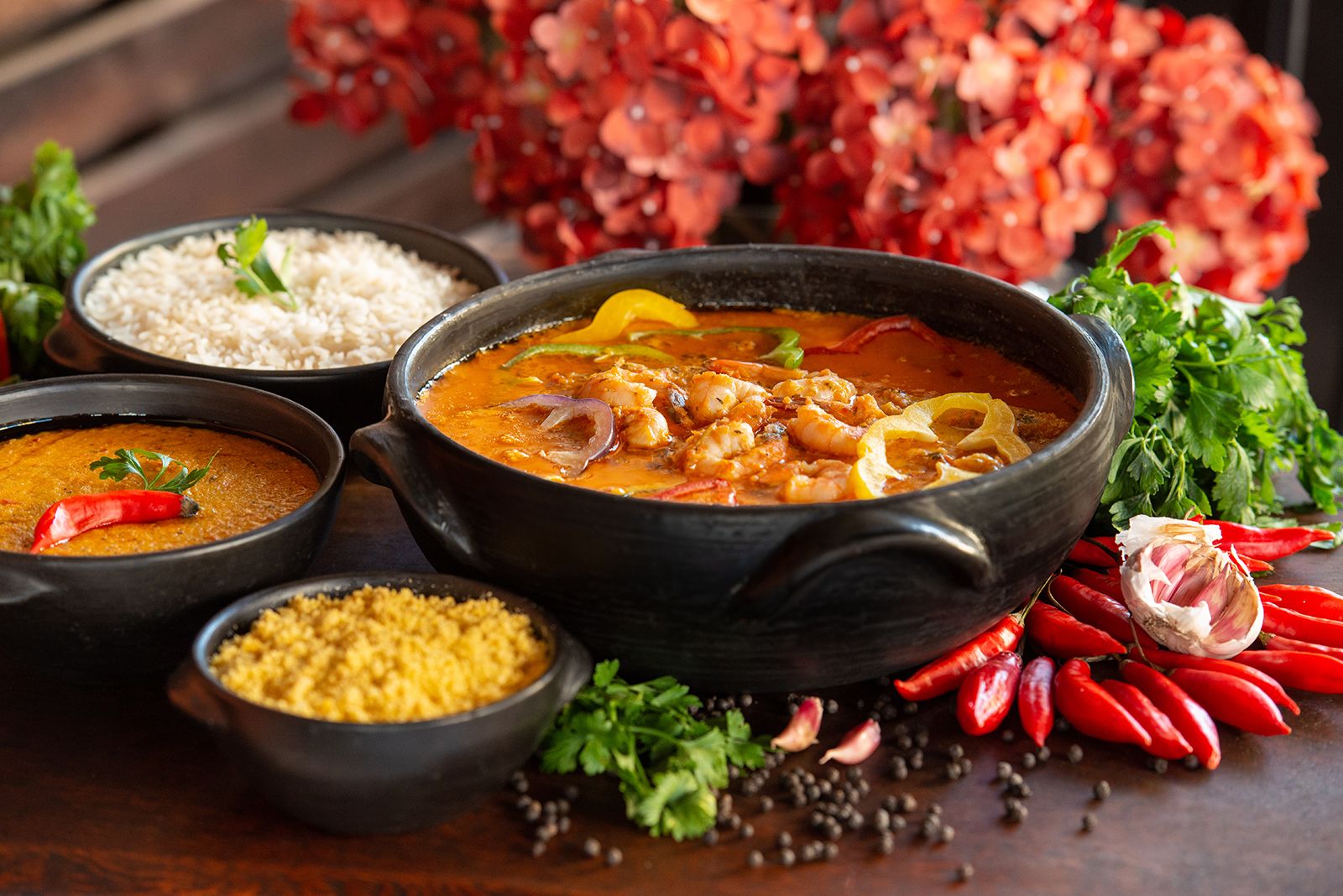Italian and French cuisine are two of the most celebrated culinary traditions worldwide. Italian cuisine is rooted in simplicity, with an emphasis on fresh herbs, tomatoes, and olive oil, and features dishes such as pasta, risotto, and pizza. French cuisine, originating from the aristocratic kitchens of the 17th century, is characterized by rich sauces, butter, cream, and wine, and features intricate techniques such as sous-vide cooking and molecular gastronomy. Both cuisines use locally sourced ingredients, but French cuisine features wild game, cured meats, and bread-based dishes, while Italian cuisine focuses on simple ingredients such as tomatoes, garlic, basil, and olive oil.
Italian Vs. French Cuisine: A Comparative Study of Two Iconic Culinary Traditions
When it comes to fine dining, two countries immediately spring to mind – Italy and France. Both have an exceptional culinary tradition that has been celebrated worldwide for centuries. While both these countries share the Mediterranean climate and a love for fresh ingredients, their cooking styles and techniques differ immensely. In this article, we will compare and contrast Italian and French cuisine, highlighting the unique characteristics of each.
History and Evolution
The cuisine of Italy dates back to ancient times, with its roots in peasant cooking. Each region of Italy boasts a distinct culinary tradition, with influences from Greek, Roman, Byzantine, and Arab cultures. It’s a cuisine based on simplicity, with each ingredient playing an important role in the dish. Italian cuisine is known for its use of fresh herbs, tomatoes, and olive oil. It features prominent dishes such as pasta, risotto, and pizza.
French cuisine, on the other hand, developed a reputation for sophistication and elegance. The style of cooking emerged from the aristocratic kitchens of the 17th century, with influences from Renaissance Italy. French cuisine is characterized by rich sauces, butter, cream, and wine. It is also known for its elaborate presentations and techniques such as sous-vide cooking and molecular gastronomy.
Cooking Techniques
Italian cuisine is often prepared using a few essential techniques, such as sautéing, grilling, baking, and roasting. It puts emphasis on the quality of ingredients and simple cooking methods to retain flavors. Italian cooking also relies heavily on seasoning with fresh herbs, garlic, and cheese. In contrast, French cuisine employs a range of intricate cooking techniques, such as braising, blanching, poaching, and flambé. The sauces, reductions, and roux are key components of French cuisine, adding depth and richness to the dish.
Ingredient Selection
Both Italian and French cuisine boast an abundance of fresh, locally sourced ingredients. However, Italian cuisine focuses on simple ingredients like tomatoes, garlic, basil, and olive oil. Seafood is also popular in coastal areas, while meat is mainly served fresh rather than cured or smoked. In contrast, French cuisine features wild game, cured meats such as foie gras, and bread-based dishes like souffles and croissants. French cuisine also features a wide array of mushrooms, truffles, and cheese.
Menus
Italian menus typically feature pasta dishes, pizza, seafood, and vegetable-based dishes. Desserts feature ingredients like ricotta cheese, citrus fruits, and nuts. French menus, on the other hand, feature a range of hearty meat dishes, topped with rich sauces. Desserts tend to be sweeter, with fruit tarts and chocolate mousse being the most popular.
Wine and Beverage Selection
Italy and France are known for producing some of the finest wines in the world. Italian wines tend to be more acidic, light-bodied, and tannic. Popular Italian wines include Chianti, Barolo, and Sangiovese. In contrast, French wines are often more full-bodied, with a higher alcohol content. Wine is an essential component of a French meal, with popular varieties such as Bordeaux, Burgundy, and Champagne.
Conclusion
Whilst both Italian and French cuisine have their unique characteristics, they share many similarities. They both emphasize the use of quality, locally sourced ingredients, with a focus on fresh herbs and vegetables. Italian cuisine is characterized by simple cooking techniques that highlight the ingredients’ natural flavors, while French cuisine features more complex techniques and sauces, showcasing its sophistication and elegance. Ultimately, both cuisines remain iconic and have a worldwide reputation for excellence.
